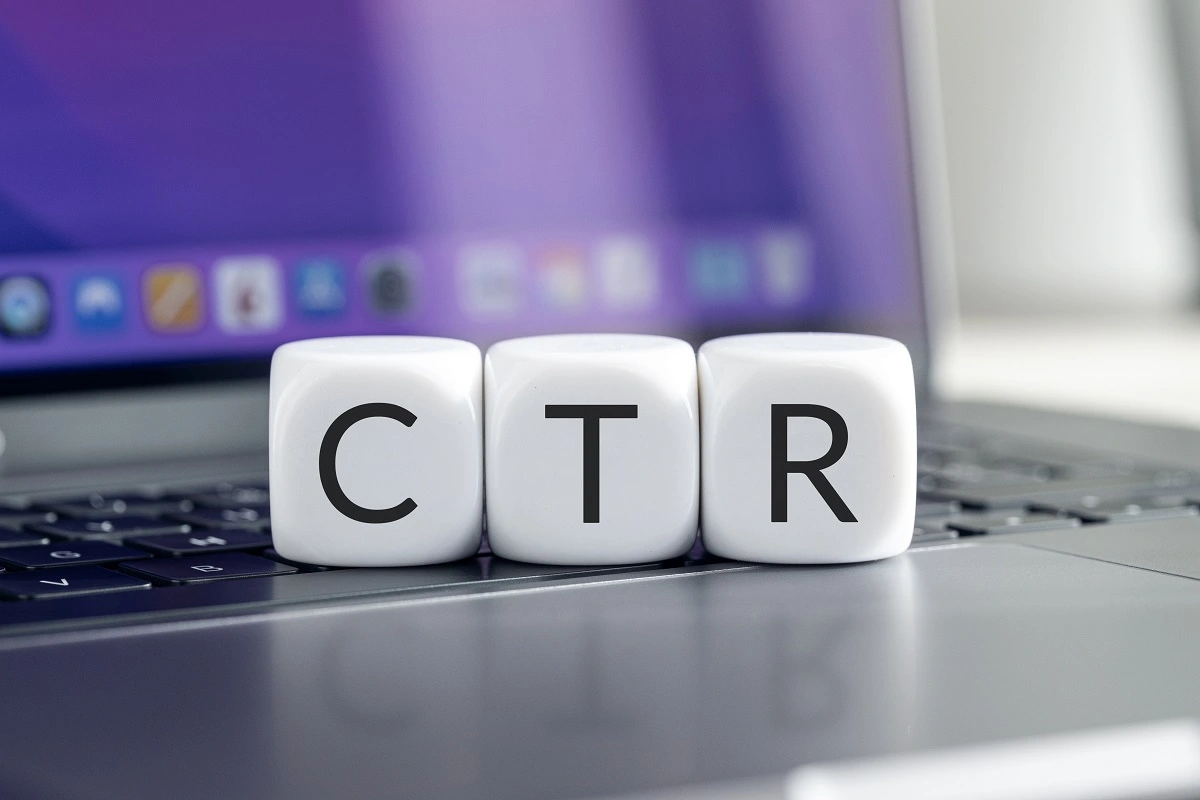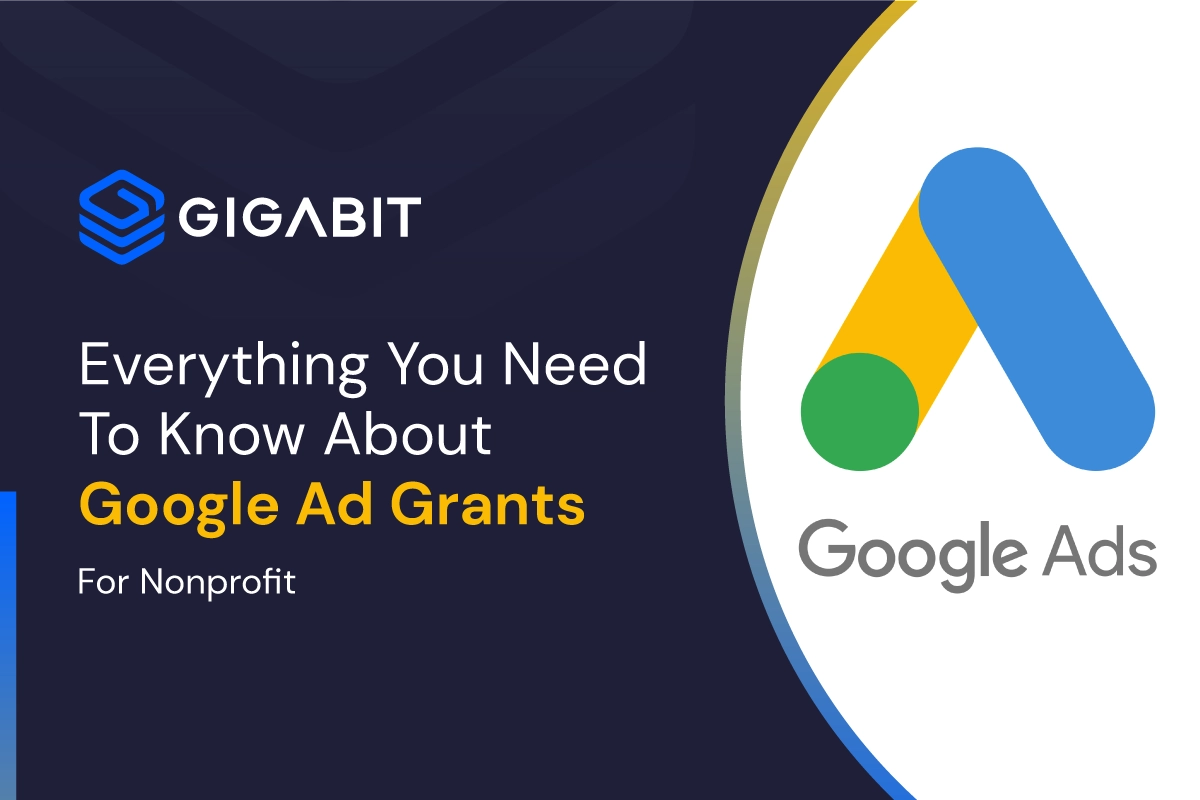Google Ad Grants for nonprofits is a program offered by Google, similar to Google AdWords but intended specifically for nonprofit associations, with the key to an unrestricted endowment of up to $10,000 per month. Google Ad Grants are available to all nonprofits in over 50 countries, subject to eligibility.
The objective of Google Ad Grants is simple: to allow associations to increase their visibility thanks to paid referencing. The program offers to attract visitors, potential donors, and volunteers more easily by allowing them to create AdWords campaigns on their selected keywords.
The principle of Google Ad Grants is that each click on an advertisement generates a cost per click which will be deducted from the advertising budget of the association’s account until its $10,000 endowment is exhausted. Until then, one of the access conditions was not to exceed the bidding budget of $2 per keyword.
In practice, Ad Grants ads are displayed on search results pages, just below those of AdWords advertisers, and they only concern text ads, therefore without visuals or videos. Google also offers eligible associations a free campaign creation tool, AdWords express, which simplifies selecting keywords and designing advertisements, which is very practical for associations that lack the time or internal resources.
How Do Google Ad Grants Work?
Google Ad Grants is a program that provides nonprofit organizations with in-kind advertising on Google.com. This service is available to registered nonprofits that qualify for the program.
Google Ad Grants offer two different kinds of advertising:
- search advertising
- display advertising.
Search advertising allows nonprofits to place text ads next to Google search results, while display advertising allows nonprofits to place image ads on Google websites and apps. Google Ad Grants ad spend capped at USD 10,000 per month.
Once accepted into the program, nonprofits can set up and manage their Google Ads campaigns using the same platform as any other advertiser. They can target specific keywords and demographics, track performance metrics, and adjust their campaigns.
In addition, nonprofits must comply with Google’s ad policies, prohibiting deceptive and misleading practices. Google reviews all accounts on a monthly basis to ensure compliance with these policies.
What Are The Benefits Of Using Google Ad Grants For Nonprofits?
Today, more than 35,000 associations benefit from the program offered by Google. And apart from the financial benefits, the advantages of joining Google Ad Grants are multiple:
- Increased visibility of your website on search engines
- Targeted visitors to your pages to attract more donors or volunteers.
- A deployment of your message that goes beyond the means that you could have put in place in normal times
- Very detailed statistics on the performance of your campaigns to always increase your performance according to your objectives.
Eligible Criteria For Google Ad Grants
Your organization must meet a few specific criteria to benefit from the Google Ad Grants program. As a first step, it must be recognized as a charitable organization in countries where the Google for nonprofits program exists. Nonprofit organizations must be recognized by TechSoup or one of its partners. It is also necessary to respect the requirements relating to its country.
The associations must:
- Be registered as a charitable organization in one of the countries listed below. All organizations must be verified as nonprofit organizations by TechSoup or the local TechSoup partner.
- Meet the requirements in its own country. Find your country in the list below to review the requirements.
- Agree to the Google for Nonprofits Additional Terms of Service.
In addition, your website must also meet certain conditions. First, you need to own the site. It should also be of good quality. That is to say, it must have sufficient content to clearly express your mission, who you are, and your work. In addition, the site must present fluid navigation and contain relevant and visible CTAs (Calls to Action). Finally, your site must not have a mainly commercial objective.
Finally, some charities are not eligible for the Google Ad Grants grant. This is particularly the case:
- organizations or government entities
- hospitals or healthcare facilities
- Schools, universities or academic institutions (although the philanthropic branches of educational organizations are eligible).
You can apply for the program if your organization meets the eligibility criteria.
How Can Your Nonprofit Apply For A Google Ad Grant?
To apply for a Google Ad Grant, your nonprofit must first ensure that it meets all the eligibility criteria listed above.
Then, visit the Google for Nonprofits website and sign up or log in with your organization’s account. From there, navigate to the Ad Grants section and follow the prompts to enroll in the program.
Once accepted into the program, set up a Google Ads account and link it to your Ad Grants account to create ad campaigns and utilize your grant funds.
It is important to note that participation in the Ad Grants program requires ongoing maintenance, including regularly logging into your account, adhering to their guidelines, and updating billing information as needed. Failure to do so may result in suspension or termination from the program.
Tips For Using Your Google Ad Grant Effectively
As a nonprofit, you may be eligible for a Google Ads Grant that allows you to run ads on Google at no cost. Here are some tips for making the most of your Google Ad Grant and reaching more people with your message.
1. Develop a clear and targeted campaign strategy.
2. Set measurable goals for your campaigns.
3. Continuously monitor and adjust campaigns to optimize performance.
4. Utilize all available features, such as ad extensions and remarketing lists.
5. Take advantage of free resources and training provided by Google Ad Grants.
6. Maintain compliance with Google Ad Grant policies to avoid suspension or cancellation of your grant.
7. Use a qualified Google Ad Grant management service provider to achieve better outcomes.
To apply for a Google Ad Grant, your nonprofit must first participate in the Google for Nonprofits program, which provides access to various Google tools and resources for eligible organizations.
How Can You Measure The Success Of Your Google Ad Grant Campaign?
Now that you have your campaign(s) up and going, it is time to evaluate whether or not your campaign is functioning to the level you expected. Before analyzing the campaign’s performance, we suggest letting it run for at least a week to collect adequate data. After a week, consider the following information in light of the data:
CTR (Click-Through-Rate):

After being displayed on a search engine results page (SERP), the CTR measures the percentage of times your advertisement is clicked on (search engine results page). This measure is significant since it may help you figure out how well your ad content works, which is something you want to know!
The average click-through rate (CTR) for advertisements served by Google within the advocacy sector will be 4.41% in 2022. You may evaluate the effectiveness of your advertisement copy by referring to that standard. If it’s a number far lower than 4%, you should probably adjust the wording of your ads.
Avg. CPC (Cost-Per-Click):

This indicator provides a reliable estimate of rivalry in your economic sector. The quantity of other businesses competing with you for the same keyword determines your cost-per-click (CPC). When more businesses compete for a certain term, the price of that keyword will increase.
This is an important indicator to keep an eye on to make sure that you are not placing bids on keywords that have a cost-per-click (CPC) that is excessively high. Your $10,000 monthly budget may be used up if you bid on high CPC keywords that aren’t relevant to the objective of your charitable organization.
Conversions
If you have conversion activities set up in your account, this is one of the most important metrics to evaluate. If that is not the case, then this does not pertain to you in any way. You can view the campaign, ad group, keyword, search term, and text leading to a particular conversion. For instance, if you set up a conversion action for when someone donates to your charitable organization, you then track that donation! That’s quite awesome.
If you are still seeing conversions on a certain keyword, one of the recommendations we have for your campaign is to include related terms. On the other hand, if you spend a significant portion of your budget on a phrase that isn’t converting, we suggest suspending the advertising for that term.
Cost Per Conversion
This measure will show you how much money you lose on a conversion. For instance, the cost per conversion would be $50 if you spent $50 on a keyword, resulting in one individual donating to your charitable organization. The conversion cost for that keyword is $25 if it results in two donations to your charitable organization.
If the amount of money you get in donations is less than the cost per conversion you incur, it is in your best interest to look into ways to reduce those expenses. Altering the text of your advertisement or halting the use of a certain term may be necessary.
Conversion Rate
This indicator displays the percentage of individuals navigating your page after clicking on your advertisement. Research reports that the average conversion rate for businesses in the advocacy industry is 1.96%. We propose you analyze the page people are sent to if your conversion rate is much lower than average. Modifications such as relocating the donation button to the top of the page or providing additional information about your charity organization may increase the conversion rate.
Some Common Mistakes Nonprofits Make With Their Google Ad Grants Campaigns
There are a few common mistakes that nonprofits make when using Google Ad Grants.
1. Not utilizing conversion tracking: It is crucial to set up conversion actions in your accounts, such as donation or newsletter sign-up so that you can track the effectiveness of your campaigns and keywords. Without this information, it can be difficult to optimize your advertising strategy.
2. Bidding on high cost-per-click keywords: It is important to be aware of the competition for certain keywords and adjust your bids accordingly. If a keyword has a high cost-per-click, it may not be worth spending a large portion of your budget on that term.
3. Not utilizing negative keywords: Negative keywords allow you to exclude search terms that are not relevant to your organization, preventing your ads from being shown for those queries. This can help save money and increase the relevance of your ads to potential donors or volunteers.
4. Not regularly reviewing and optimizing campaigns: It is important to continuously evaluate the performance of your campaigns and make adjustments as necessary. This includes suspending underperforming keywords, adjusting bids, and testing different ad text. By regularly reviewing and optimizing your campaigns, you can maximize the effectiveness of your Google Ad Grant.
Final Thoughts
If you’re a nonprofit with a Google AdWords account, or if you’re looking to start one, make sure you read this guide carefully. We’ve outlined all the important things you need to know about the Google Ad Grants program and how it can help your organization achieve its marketing goals.
If you need help getting started or troubleshooting any issues along the way, our team is here to support you every step of the way. So what are you waiting for? Contact us today to get started!
Frequently Asked Questions
What is Google Ad Grant for Nonprofit?
The Google Ad Grants program enables nonprofit organizations to access up to $10,000 per month of in-kind advertising on the Google search network.
How much money can my nonprofit receive from Google Ad Grants for Nonprofit?
The Google Ad Grants program provides eligible nonprofit organizations with $10,000 in in-kind advertising each month on the Google Search Network. This can be a great way to help promote your nonprofit and increase donations or volunteers.
What happens if my nonprofit’s Google Ad Grant account is suspended?
If your Google Ad Grant account is suspended, it will no longer be active and you will not be able to access the $10,000 in advertising each month. To reactivate your account, you will need to rectify any violations or issues that led to the suspension.
How can I appeal a Google Ad Grants for Nonprofit suspension?
Google Ad Grants for Nonprofit suspensions can be a frustrating experience for organizations that rely on the program for marketing and fundraising efforts. If your account has been suspended, here are a few steps you can take to try and get it reinstated.
1. Review the suspension notification carefully and make sure you understand the reasons why your account was terminated. This information can be found in the Google Ad Grants Help Center.
2. Address any policy violations or problems that led to the suspension. This could include regularly reviewing and optimizing your campaigns, making sure they comply with Google’s advertising policies, and having a qualified person sign up for and manage your account.
3. Contact the Google Ad Grants team to explain the situation and plead your case for reactivation. You can do this by submitting a ticket through the Google Ad Grants Help Center or emailing [email protected] Be sure to include any relevant documentation or information that may support your appeal.
4. Wait for a response from the Google Ad Grants team. They will review your appeal and let you know whether your account has been reinstated or not.
If your Google Ad Grant account is suspended, don’t give up! Follow these steps to try and get it reinstated so you can continue using this valuable program to promote your nonprofit organization.

